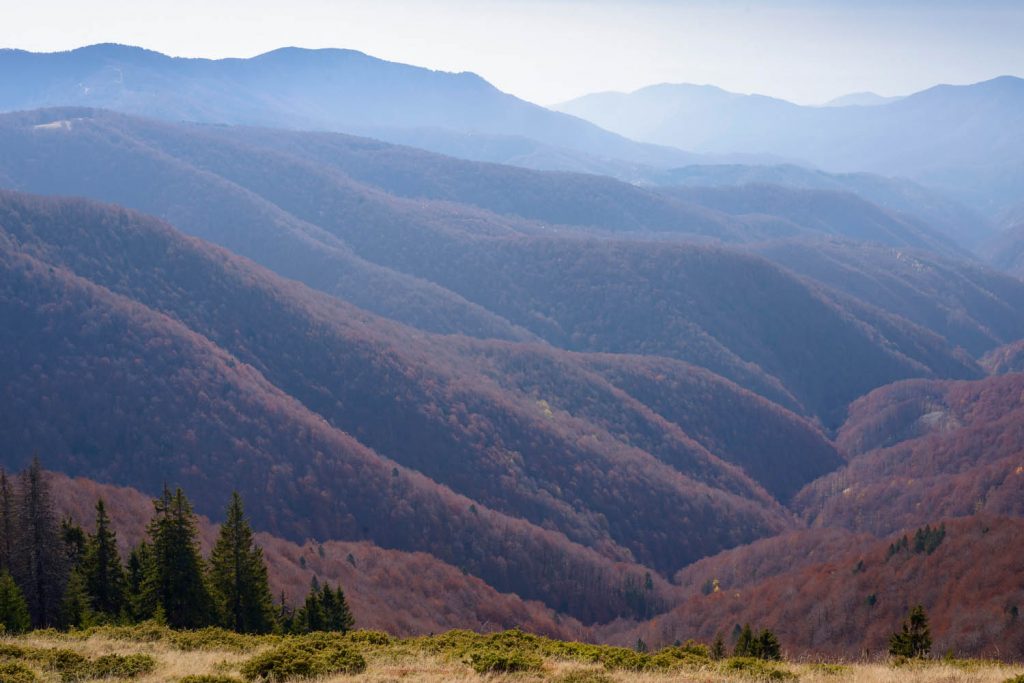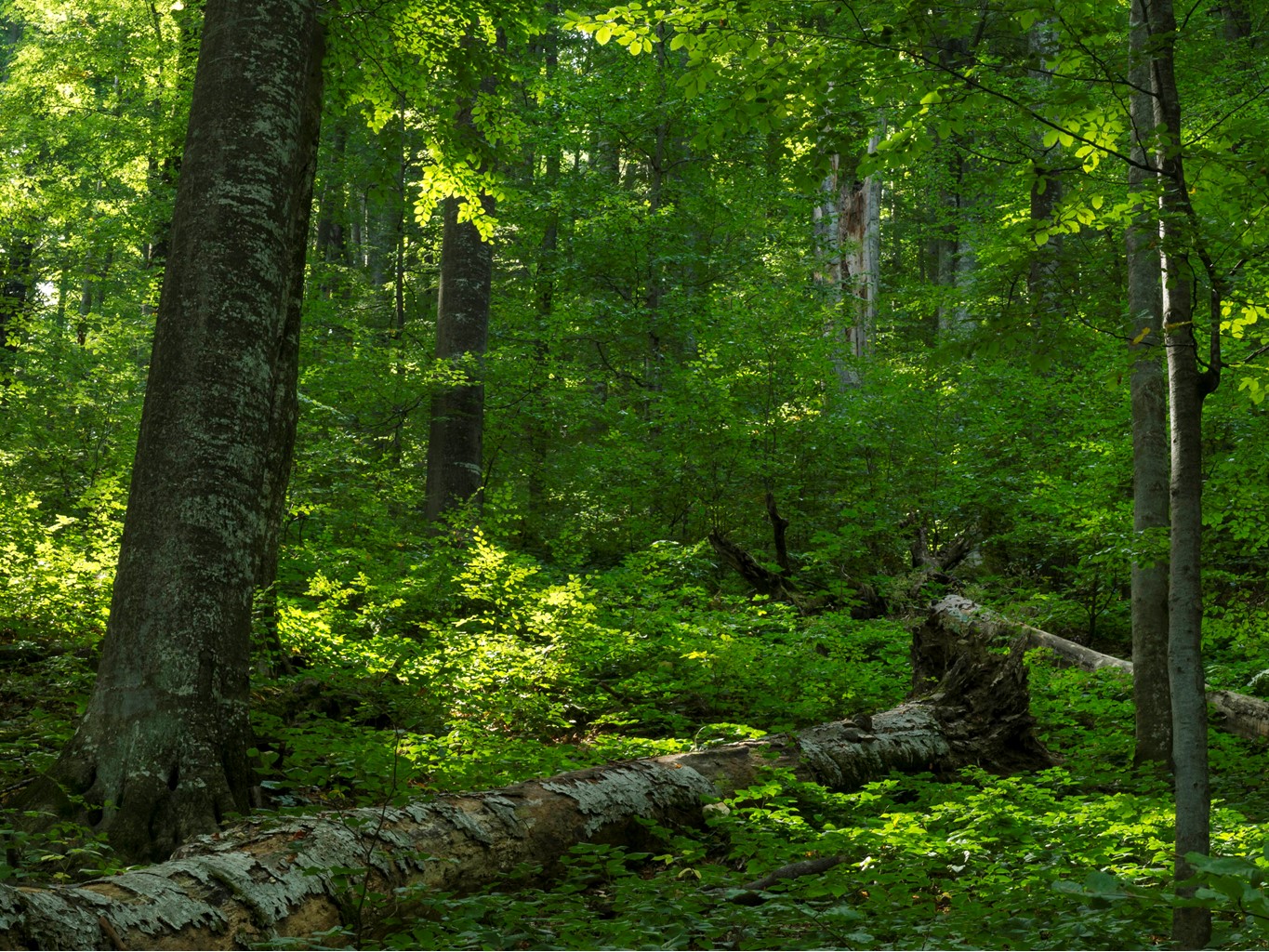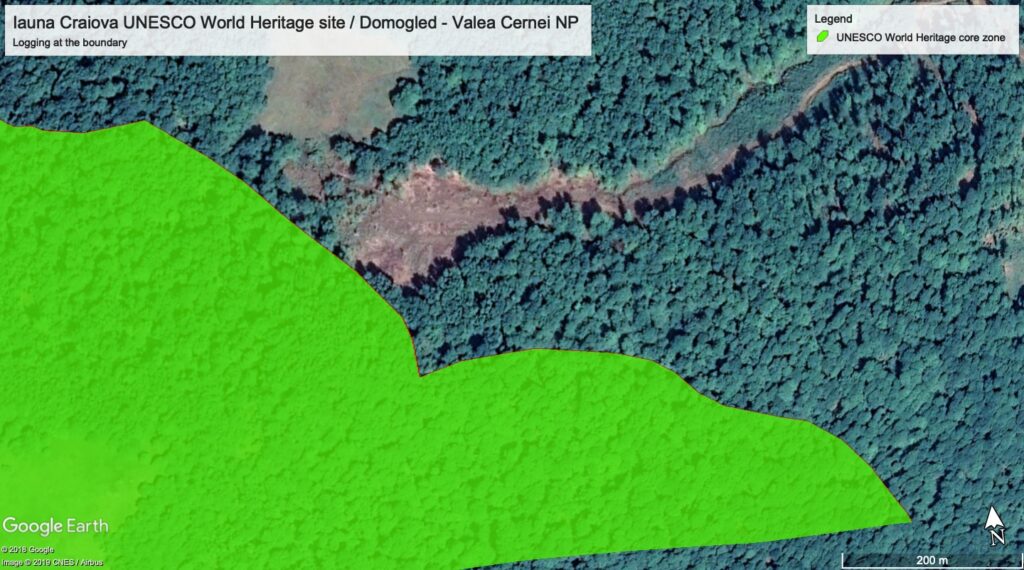State forestry company continued logging despite the High Court has suspended logging permits
The Romanian environmental NGO Agent Green has been filing several lawsuits challenging inappropriate forest management plans in Natura 2000 protected areas to stop the unlawful destruction of old growth and primary forests.Recently, the Romanian High Court of Cassation and Justice suspends several logging plans on more than 30.000 hectares forest land.
Agent Green, EuroNatur and Client Earth have filed EU complaints against the Romanian government because forest management plans in Romania do not comply with the EU Nature directives and the Strategic Environmental Assessment directive. The European Commission has responded to this complaint in February 2020 and launched an infringement procedure against the Romanian state.
The EU Biodiversity Strategy 2030, which was presented by the European Commission in spring 2020, aims to protect all “old growth and primary forests” in the EU. Romania’s forest treasure is one of the most important contributions to this goal – if the ongoing scandalous old growth forest destruction is stopped immediately.
But the ignorance of Romanian forestry about forest protection legislation continues …
However, there are also successes coming in:
Recently, two legal disputes resulted in High Court rulings suspending the management of forest plans in both the Domogled – Valea Cernei National Park and Natura 2000 site as well as the neighboring Natura 2000 site “Nordul Gorjului de vest”. In these protected areas there are still some larger tracks of old growth and primary forests with a very high biodiversity value.
Agent Green has started a lawsuit against the Ministry of Environment and National Forest Administration RNP Romsilva to suspend (“anulment”) logging on an area of almost 20,000 hectares in Domogled National Park – Cerna Valley. The High Court of Cassation and Justice granted an injunctive relief in February this year and suspended the respective forest manegment plans. However, RNP Romsilva appealed against the court ruling. Now, the High Court of Cassation and Justice rejected the revision request made by RNP Romsilva.
This time the decision is final and the old growth forest is safe. Thanks to Agent Green’s lawyer Catalina Radulescu, the forest management plans of Baia de Arama Forest Department, Mehedinti County are suspended until the “anulment case” will be finalized. The primary and old-growth forests of this area are being protected from chainsaws for this period – and hopefully forever.
(Orginal file: here)
Another 14,612.36 hectares of forests are saved from logging in West Gorj Mountains (Mehedinți and Vâlcan Mountains) following a lawsuit initiated by Agent Green. On May 15 2020, the High Court granted an injunctive relief and suspended all logging plans until the “annulement case” – permanent suspension – is finalized. However, logging continued illegally in full ignorance of the court decision.
In July 2020, Agent Green informed the forest guard that the logging was continuing illegally. The officials finally checked the logging locations and ordered to stop any forestry work.
The saved 14,612 hectares of forests overlap with a part of the Domogled – Valea Cernei National Park (and Natura 2000 site) and with the Natura 2000 site “Nordul Gorjului de Vest” in remote Vâlcan mountains.
Agent Green welcomes the decisions of the High Court. At the same time, the NGO expresses serious concerns that the Romanian state-owned forest company Romsilva apparently ignored the decisions of the High Court and shamelessly continued to fell the forest in protected areas, simply ignoring the ruling by the supreme judges.
Unfortunately, the order of the Forest Guard only stipulates that the logging must be stopped, but not when. Neither the damage caused nor fines and penalties are mentioned. Thus, the fight to protect these extremly valueable forests continues as the court’s decision is not final.
Romsilva has already appealed …
(Orginal file: here)








